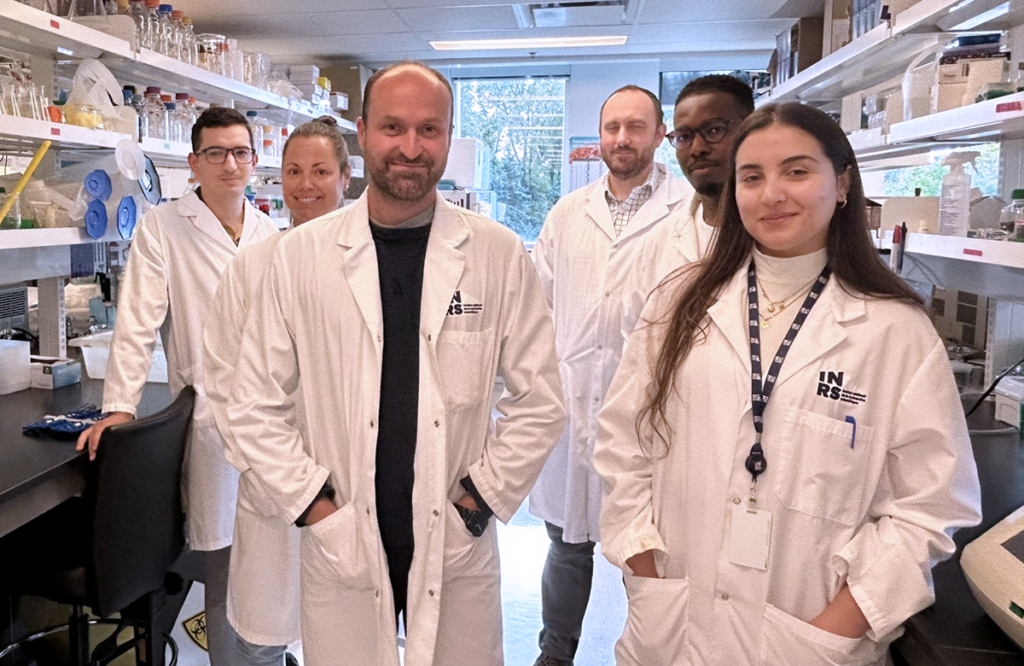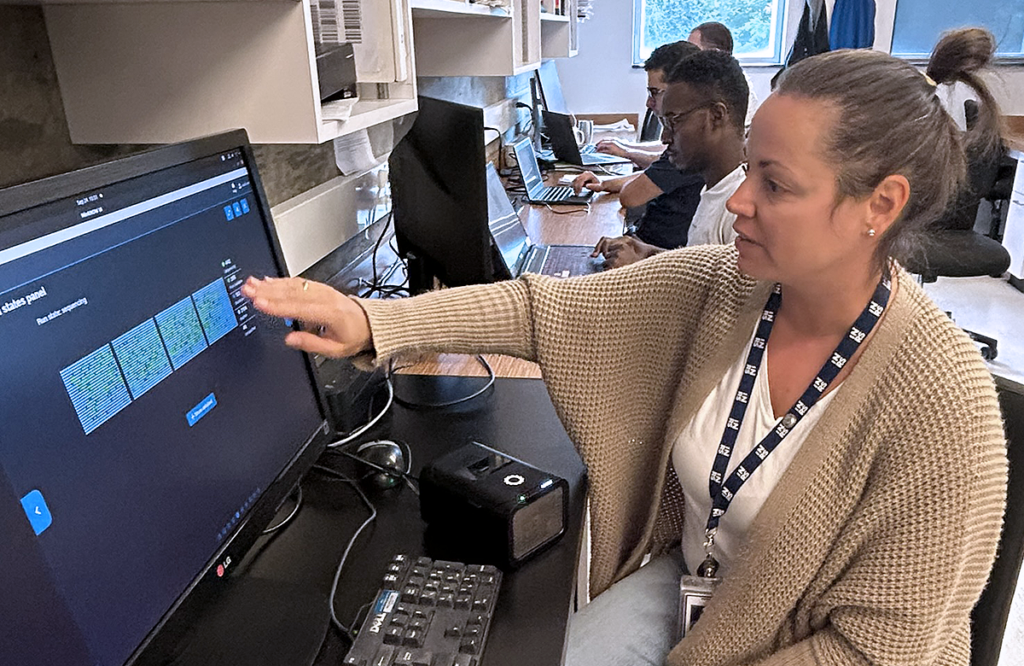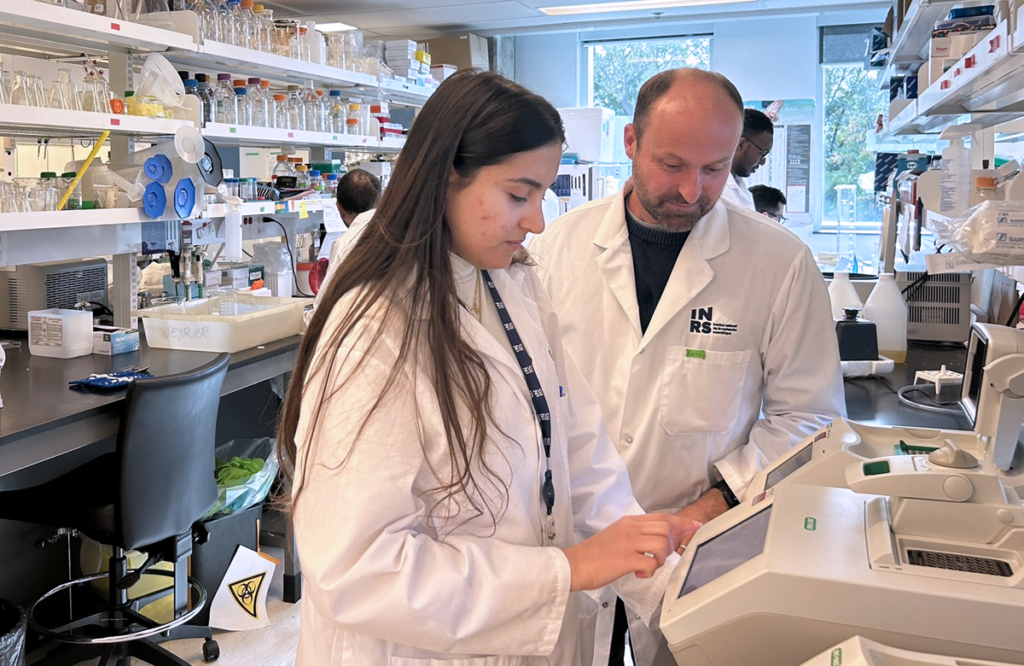We reach more than 65,000 registered users in Dec!! Register Now

New tool for cutting DNA: promising prospects for biotechnology
- July 02, 2025
- 1 Views
- 0 Likes
- 0 Comment
New tool for cutting DNA: promising prospects for biotechnology
Afew years ago, the advent of technology known as CRISPR was a major breakthrough in the scientific world. Developed from a derivative of the immune system of bacteria, CRISPR enables double strands of nucleotides in deoxyribonucleic acid (DNA) to be cut. This makes it possible to specifically modify a targeted gene in plant, animal and human cells. Ultimately, CRISPR became a preferred method in the search for treatments for acquired or hereditary diseases.
Recently, Professor Frédéric Veyrier at the Institut national de la recherche scientifique (INRS) and his team developed a new genetic tool based on a family of specific enzymes called Ssn that allows targeted cuts to be induced exclusively in single-stranded DNA. 
A form of DNA with a key role
Single-stranded DNA is less common than double-stranded DNA. It is often found in some viruses and plays a key role in certain biological processes, such as cell replication or repair. Single-stranded DNA is also used in many technologies (sequencing, gene editing, molecular diagnostics, nanotechnology).To date, no endonuclease – enzyme that cuts DNA – has been described as exclusively targeting a single-stranded DNA sequence, which has constituted a barrier to the development of technologies based on this type of DNA.
Now, for the first time in a laboratory, Professor Veyrier’s team has identified a family of enzymes capable of cutting a specific sequence in single-stranded DNA: the family of Ssn endonucleases.
To achieve this, the research team at INRS’s Armand-Frappier Santé Biotechnologie Research Centre first characterized a new family of endonucleases part of the GIY-YIG superfamily called Ssn. More specifically, researchers focused on one of these enzymes in the bacterium Neisseria meningitidis, also known as the meningococcus. The enzyme targeted in the study is crucial to the exchange and alteration of genetic material, which influences evolution.
“ In studying it, we found that it recognizes a specific sequence that is found in many instances in its genome and plays a key role in the natural transformation of the bacterium. This interaction directly influences the dynamics of the bacterial genome. ”
Frédéric Veyrier, spécialiste en bactériologie génomique et évolution.

“ We demonstrated that they are able to recognize and specifically cut their own single-stranded DNA sequence. Thousands of enzymes therefore have this property with their own specificity. ”
Alex Rivera-Millot, a postdoctoral fellow on Professor Veyrier’s team and co-first author of the study
An undeniable asset for health research
These results, which represent a new tool for DNA recognition and exchange, are significant. They pave the way to many novel applications in biology and medicine. On the one hand, understanding this mechanism could help better control the bacteria in question and the associated infections.
List of Referenes
- Martin Chenal, Alex Rivera-Millot, Luke B. Harrison, Ahmed S. Khairalla, Cecilia Nieves, Ève Bernet, Mansoore Esmaili, Manel Belkhir, Jonathan Perreault, Frédéric J. Veyrier. Discovery of the widespread site-specific single-stranded nuclease family Ssn. Nature Communications, 2025; 16 (1) DOI: 10.1038/s41467-025-57514-1
Cite This Article as
No tags found for this post









